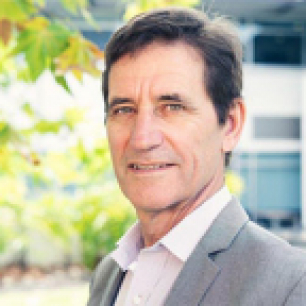Professor Malcolm Battersby presented at the NDARC Webinar Series on Thursday 15 April, 2021
This seminar provided an overview of the diagnosis, prevalence, and economic cost of gambling disorder in Australia. The evolution of gambling into ‘gaming’, the integration of these two products in digital platforms and the impact on Australian adolescents will be described. This talk will provide brief examples of treatment interventions for gambling and gaming disorders and a case study of a novel approach when a young man with gaming disorder does not engage with treatment services.
About the speaker
Professor Malcolm Battersby is Head of Psychiatry at Flinders University and Program Lead for Mental Health Research in the Flinders Health and Medical Research Institute. He has been a clinical academic for 27 years and led or has been a chief investigator on 5 NHMRC grants including 2 current project grants as CIA, and three ARC linkage grants. He has led numerous Commonwealth Department of Health, Department of Veterans Affairs, and SA Health research projects. He was awarded a Commonwealth Fund Harkness research fellowship in 2003-4 and has over 150 peer reviewed publications. His career has been focussed on developing interventions and translating them into clinical practice, including low intensity CBT for anxiety and depression, gambling therapy, and self-management interventions for chronic diseases. His training in behavioural therapy for anxiety disorders in London with Prof Isaac Marks led to him establishing the SA Intensive Therapy Service for Problem Gambling in 1996, the Statewide Gambling Therapy Service in 2007 and the Flinders Centre for Gambling Research in 2010. His main area of research expertise has been in the conduct of clinical trials including cognitive and behaviour therapy for Gambling Disorder.
Please note: readers and audience are encouraged to go to the presenter’s published paper for the most fulsome account of the research and its findings.


